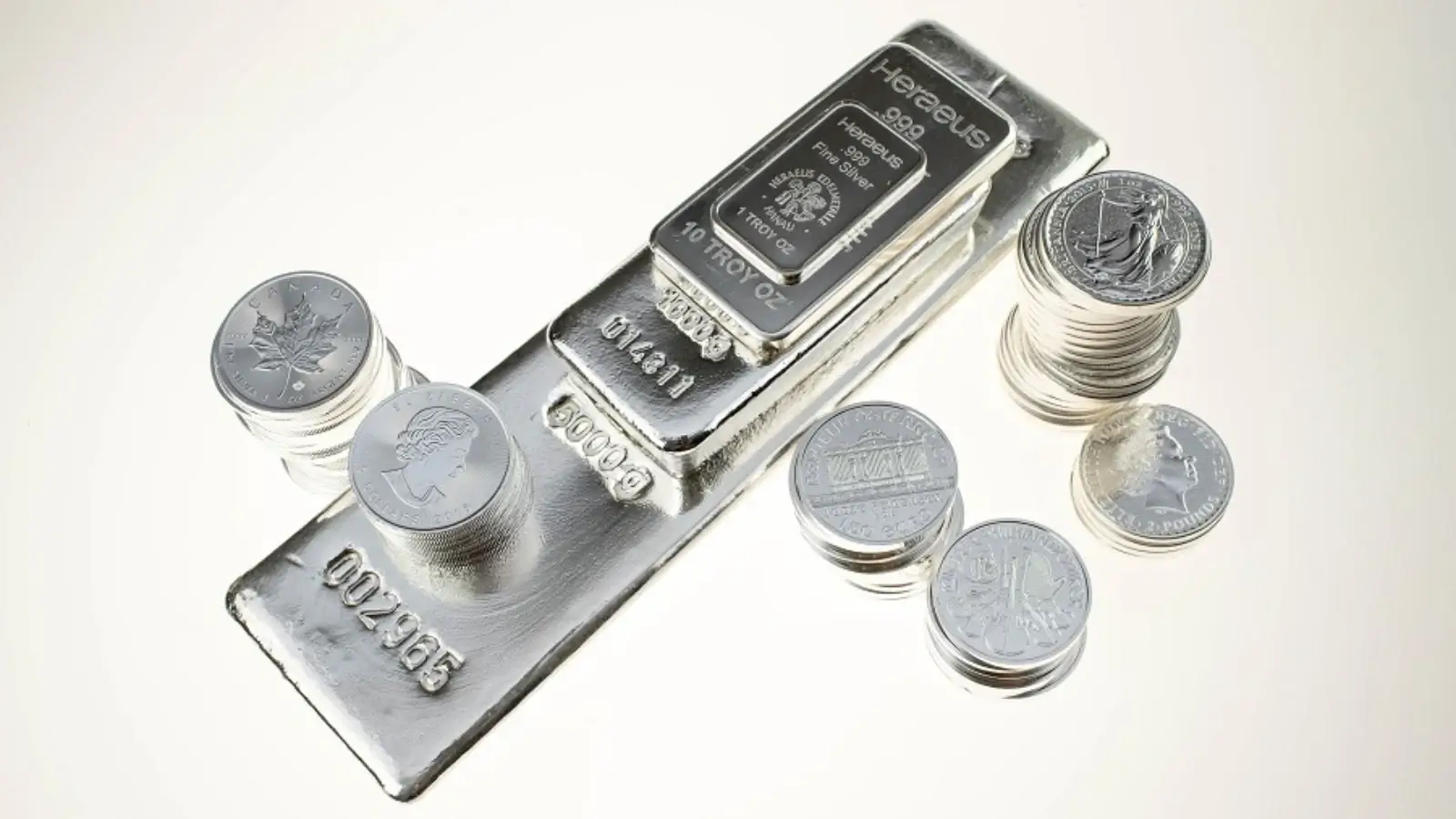


Have you ever wondered if investing in silver could protect your wealth? Silver has long been a trusted asset, especially during uncertain economic times.
While gold often gets the spotlight, silver is more affordable and just as valuable in many ways. Many people are now exploring it as a safe, smart investment.
Learning about silver investment might seem confusing at first, but it doesn't have to be. With the right information, anyone can get started easily.
This blog will guide you through the basics and beyond, helping you invest in silver with confidence. Read on!
Silver is both a precious metal and an industrial material, making it unique among investments. Unlike paper money, silver holds real, physical value and isn't affected by inflation in the same way.
It's also used in electronics, solar panels, and medical devices, increasing its demand. This blend of uses gives silver strong long-term potential.
Another advantage is its lower entry price compared to gold, making it accessible to more people. Silver tends to perform well during economic downturns, offering a sense of security. As economies shift, silver remains steady.
Before investing, it's helpful to understand how the silver market works. Silver prices are influenced by supply and demand, global economics, and industrial use.
Prices can rise or fall quickly, so staying informed is important. Market trends often follow those of gold but with more price swings.
Investors watch charts, read market reports, and consider expert forecasts. Most silver is mined in countries like Mexico, China, and Peru.
Political or environmental issues in those regions can also affect prices. Knowing what drives the silver market helps beginners make smarter choices.
There are two main ways to invest in silver: buying physical silver or buying paper silver. Physical silver includes coins, rounds, and bars that you can hold.
Paper silver includes ETFs (exchange-traded funds), mining stocks, and silver futures. Each option has pros and cons.
Physical silver provides direct ownership but requires safe storage. Paper silver is easier to buy and sell, but does not give you actual metal.
Some people use both types to balance their investments. Decide based on your goals and how involved you want to be.
Silver comes in different forms, and each has a purpose. Coins are popular with collectors and often have extra value due to design and rarity.
Rounds look like coins but have no face value and are sold by weight. The phrase silver bars refers to larger weights of pure silver, great for stacking value.
Bars are often more affordable per ounce than coins. Some people prefer coins for their beauty, while others like bars for their simplicity.
It depends on how much you want to invest and why. Choose the type that matches your goals and budget.
Buying silver safely is key to protecting your money. Always purchase from trusted dealers, whether online or in person.
Seek out vendors who have excellent return policies, transparent pricing, and high reviews. Steer clear of offers that look too good to be true since they frequently are.
Some buyers prefer local coin shops for hands-on experience and support. Others like the convenience and variety found in online stores.
Make sure the dealer is reputable and sells genuine, certified products. It's also wise to compare prices before buying. A little research goes a long way in getting the best value for your silver.
Once you own physical silver, storage becomes an important step. Keeping it at home is an option, but it should be hidden and secure.
Many investors use safes or hidden compartments to protect their silver. Another option is using a bank's safety deposit box, which adds a layer of protection.
For larger investments, consider third-party vault services that specialize in precious metal storage. These services offer insurance and professional security.
No matter where you store it, make sure it's safe and private. Don't share too much information about your silver holdings.
Keeping an eye on the silver market helps you make smart decisions. Prices can go up or down based on global news, industry trends, and economic shifts.
Follow reliable websites, news sources, and expert analyses. Some people check prices daily, while others review weekly or monthly.
Setting price alerts can help you track when it's time to buy or sell. Learning basic chart reading also helps in spotting trends.
Patience is important, as silver prices often rise slowly. Avoid panic selling during dips. Staying informed gives you the tools to manage your silver investment with confidence.
Like any investment, silver comes with risks. Prices can change quickly, and short-term losses are possible.
Unlike stocks or bonds, silver does not pay dividends or interest. Physical silver also has costs, like shipping, storage, and insurance.
Selling can be tricky if you don't have a good buyer. Paper silver investments can be affected by market manipulation or company performance.
It's important not to invest money you can't afford to lose. Spreading your investment across different assets reduces risk.
By understanding the downsides, you can make better choices. Education and preparation lower the chances of surprises later on.
It's best to begin your silver investment journey with a small, manageable amount. Start with what you're comfortable spending, even if it's just one coin or a small bar. This helps you learn the ropes without taking big risks.
As your knowledge grows, you can invest more with greater confidence. Keep track of what you buy, how much you paid, and why you chose each item.
Review your progress every few months. Joining silver investing forums or groups can offer helpful tips and encouragement.
Over time, you'll build both experience and value. Consistency and patience lead to success.
It is a smart way to invest in silver, to start exploring the world of precious metals. It offers real value, protection during uncertain times, and the chance for steady growth. With the right knowledge, you can make choices that fit your goals and budget.
Start small, stay informed, and keep your silver safe. This guide has walked through everything from buying to storing to watching the market.
There's no need to rush-take your time learning. Over time, silver can become a valuable part of your financial future.
Did you like this guide? Great! Please browse our website for more!